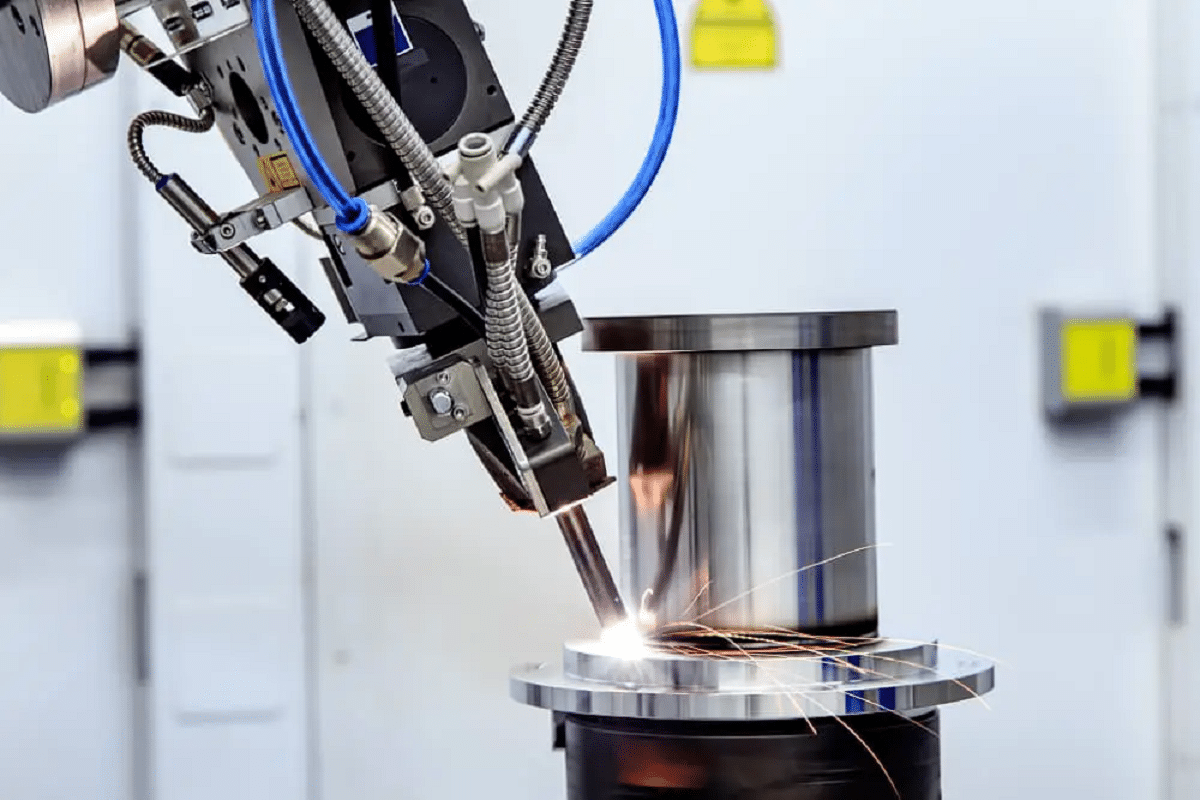Best Overview to Preventing Weld Undercut: Tips and Techniques
Wiki Article
Mastering the Art of Welding: How to Stay Clear Of Undercut Welding Issues for Flawless Construction Results
Effectiveness and precision are vital on the planet of welding, where even the tiniest blemish can endanger the architectural stability of a produced piece. One usual difficulty that welders face is undercutting, a problem that can lead and damage a weld joint to costly rework. By understanding the source of undercut welding and executing effective techniques to stop it, welders can elevate their craft to new levels of excellence (Preventing weld undercut). In the pursuit of perfect construction results, grasping the art of welding to avoid undercut problems is not just an ability however a requirement for those striving for perfection in their work.Understanding Undercut Welding

To stop undercut welding, welders ought to ensure appropriate welding parameters, such as changing the current, voltage, traveling rate, and preserving the appropriate electrode angle. By comprehending the reasons of undercut welding and executing preventative steps, welders can attain high-quality, structurally sound welds.
Reasons For Undercut in Welding
Recognizing the elements that contribute to damage in welding is important for welders to produce premium, structurally audio welds. Undercutting occurs when the weld metal does not effectively fill the groove developed between the base metal and the formerly deposited weld steel. A number of variables can bring about damage in welding. One common cause is too much heat input. Welding at heats for prolonged periods can lead to the base metal melting more than preferred, bring about undercut. Insufficient welding incorrect or present welding rate can additionally add to undercut. Inadequate current might not supply adequate warm to thaw the base and filler metals adequately, while too much speed can protect against appropriate combination, causing undercut. In addition, inappropriate electrode angles or wrong lantern control methods can create areas of low weld steel deposition, promoting undercut. Comprehending these causes and executing proper welding strategies can help avoid damaging problems, making sure long lasting and strong welds.Strategies to stop Undercutting

To alleviate the threat of undercutting in welding, welders can utilize strategic welding techniques intended at enhancing the top quality and honesty of the weld joints. In addition, making use of the correct welding strategy for the certain joint setup, such as weave or stringer beads, can contribute to decreasing damaging.
In addition, appropriate joint prep work, including guaranteeing clean base materials without contaminants and utilizing the suitable welding consumables, is crucial in preventing undercut defects. Employing back-step welding strategies and controlling the weld bead profile can likewise help disperse heat evenly and lessen the risk of undercut. Regular inspection of the weld joint throughout and after welding, along with implementing quality control measures, can assist in addressing and discovering undercutting problems promptly. By implementing these techniques faithfully, welders can attain perfect construction results with minimal undercut defects.
Importance of Correct Welding Parameters
Picking and preserving appropriate welding criteria is crucial for attaining successful welds with minimal issues. Welding specifications describe variables such as voltage, existing, take a trip rate, electrode angle, and securing gas circulation price that straight affect the welding procedure. These specifications should be carefully readjusted based upon the kind of product being welded, its density, and the welding technique utilized.Appropriate welding specifications ensure the ideal quantity of warmth is put on melt the base steels and filler material consistently. If the specifications are set expensive, it can result in extreme warm input, creating spatter, burn-through, or distortion. On the various other hand, if the parameters are also reduced, incomplete combination, absence of penetration, or undercutting may occur.
Top Quality Guarantee in Welding Procedures

Final Thought
In verdict, understanding the art of welding requires an extensive understanding of undercut welding, its reasons, and methods to avoid it. By making certain proper welding parameters and implementing top quality guarantee practices, flawless manufacture outcomes can be accomplished. It is vital for welders to continually pursue quality in their welding procedures to stay clear of undercut issues and generate high-quality welds.Undercut welding, a typical problem in welding processes, happens when the weld steel doesn't properly load the groove and leaves a groove or anxiety along the bonded joint.To protect against undercut welding, welders need to make sure proper welding criteria, such as changing the present, voltage, travel rate, and maintaining the right electrode angle. Insufficient welding present or wrong welding rate can also contribute to undercut.To mitigate the risk of damaging in welding, welders can utilize tactical welding techniques intended at enhancing the high quality Related Site and stability of the weld joints.In verdict, grasping the art of welding requires a thorough understanding of undercut welding, its causes, and methods to stop it.
Report this wiki page